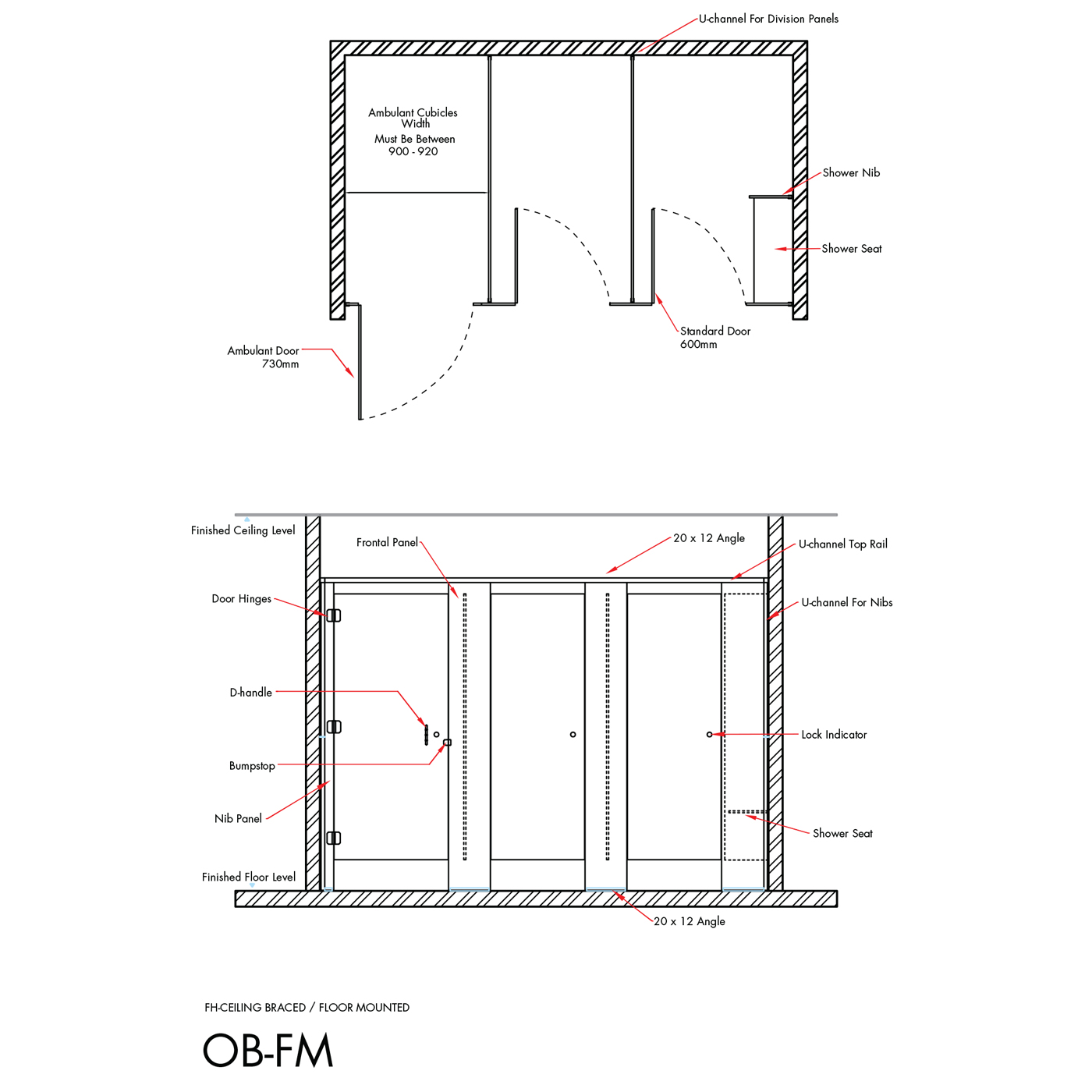
When a business owner makes an income statement for internal use only, they’ll sometimes refer to it as a “profit and loss statement” (or P&L). Your net profit margin tells you what portion of each revenue dollar you can take home as net income. This takes into account all your expenses—COGS, general expenses, interest payments, and income tax.
Step 1 of 3

If a company purchases inventory, the balance sheet will reflect the change in inventory value while the income statement recognises the change in COGS, affecting the net income. Calculating tax expenses involves applying the current applicable tax rate to the income before taxes. Tax rates may vary depending on the company’s jurisdiction, size, and other factors. Keep in mind that tax regulations and rates change over time, so always reference up-to-date information.
Why Your Small Business Should Invest in Accounts Payable Software

This represents the profit that a company has earned for the period, after taking into account all expenses. EBIT is the resulting figure after all non-operating items, excluding interest and taxes, are factored into operating profit. It segregates total revenue and expenses into operating and non-operating heads. Revenue is all income generated by the sale of the business’ primary goods or services. Revenue may also be referred to as the “top line,” because it is the first line on the income statement.

Operating Income vs. Net Income
When used in conjunction with the other financial statements, an income statement can give you a clear view of your cash flow. Subtract the cost of goods sold total from the revenue total on your income statement. This calculation will give you the gross margin, or the gross amount earned from the sale of your goods and services. Net income can be calculated by less cost of goods sold, less operating expenses, taxes, and interest expenses from Sales Revenues. Especially, banks normally assess how the company could pay back their debt by assessing this number.
Key Takeaways
- The customer may be given a 30-day payment window due to his excellent credit and reputation, allowing until Oct. 28 to make the payment, which is when the receipts are accounted for.
- Also known as profit and loss (P&L) statements, income statements summarize all income and expenses over a given period, including the cumulative impact of revenue, gain, expense, and loss transactions.
- Gross profit tells you your business’s profitability after considering direct costs but before accounting for overhead costs.
- Meaning, for every dollar that comes into your company, you keep $0.11 as retained earnings.
- In this guide we’ll use annual reports as examples, but you can prepare income statements quarterly or monthly as well.
- Direct costs can include parts, labor, materials, and other expenses directly related to production.
The Internal Revenue Service (IRS) permits businesses to deduct operating expenses if the business operates to gain profits. Operating expenses are basically the selling, general, and administrative costs, depreciation, and amortization of assets. Preparing financial statements can seem intimidating, but it doesn’t have to be an overwhelming process. We’ve broken down the steps for preparing an income statement, as well as some helpful tips.
General Expenses (aka Selling, General, and Administrative Expenses, or SG&A)
- Tax rates may vary depending on the company’s jurisdiction, size, and other factors.
- Operating income is the result of subtracting the company’s operating expenses from its operating revenues.
- It will give you all the end balance figures you need to create an income statement.
- While the balance sheet provides a snapshot of a company’s financials as of a particular date, the income statement reports income through a specific period, usually a quarter or a year.
This is the total amount of revenues that the entity generates in the reporting period. For example, if the entity is selling clothes, this line will show the total amount of clothes that the entity sells in monetary during the months, quarters, or annually. Standard requires revenues that an entity earns during the period shown on the face of the income statement. Total revenues here are both revenues from cash sales and revenues from credit sales. One primary connection between the two statements is the net income, which is reflected in the retained earnings portion of the equity section on the balance sheet.
Operating Revenue

These include the net income realized from one-time nonbusiness activities, such as a company selling its old transportation van, unused land, or a subsidiary company. However, investors and analysts scrutinize the balance sheet just as closely, as both the balance sheet and income statement together provide a fuller picture of a company’s which accounts are found on an income statement? current health and future prospects. The balance sheet displays what a company owns (assets) and owes (liabilities), as well as long-term investments. Investors scrutinize the balance sheet for indications of the effectiveness of management in utilizing debt and assets to generate revenue that gets carried over to the income statement.
Payment is usually accounted for in the period when sales are made or services are delivered. Receipts are the cash received and are accounted for when the money is received. To best analyze the key areas of the balance sheet and what they tell us as investors, we’ll look at an example.
- Financial institutions or lenders demand the income statement of a company before they release any loan or credit to the business.
- Avoiding common accounting errors is the best way to ensure the accuracy of your income statement.
- This calculation will give you the gross margin, or the gross amount earned from the sale of your goods and services.
- It is the choices of entities to consider present them by nature or function.
- Using an income statement to demonstrate a consistent history of income and profitability can make this process easier.
What financial insights can be gleaned from comparing consecutive income statements?
Your income statement is one of the most important documents your company produces. However, if you are the owner of a new business, or if you aren’t familiar with this type of statement, preparing and interpreting it can be challenging. Organizing your expenses into specific budget categories helps you prepare for a smooth tax filing season and make more informed business decisions.
Interest expense
In his free time, you’ll find Jason on the basketball court, travelling, and spending quality time with family. This statement will give you a future understanding of your company’s fiscal health that will be of great benefit to you and your business practice. If you have found yourself struggling to find the time to create your own profit and loss report, or P&L, from scratch, a free invoice statement template is the perfect solution. Finance Costs increasing mean that the entity’s debts are increasing, and these kinds of expenses will not make the shareholders happy. The high finance costs might mean the entity’s financial strategy favorite on debts rather than equity. These expenses are different from bank charges, and they should report separately.








